Q&A Time! Hitting Basic Training For Spectre: Operations
September 20, 2016 by brennon
Spectre: Operations is coming to tabletops soon and some copies of the rulebook should be shipping their way out to those who pre-ordered now. We thought we'd talk with Steve and Matt from Spectre Miniatures and let you folks in on some of the development that went into the game.
If you're interested in modern warfare era gaming and small tactical missions on the tabletop this could be for you.
BoW: How did you get started with Spectre miniatures?
The original idea for Spectre was born in an African rainforest, of all places. Steve has always been fascinated by the recent history and the conflict in Africa, so when he returned to England he started working on the concept of modern wargaming in an African scenario.
Steve: I've always had an interest in the military, having grown up in Devon, many of my friends joined the Royal Marines, but not being made of that kind of stuff I resided to playing the usual computer games like Rainbow six, Ghost Recon, Call of Duty and later Battlefield. after playing a lot of historical wargames (as well as Warhammer and 40K for most of my life), I started to look at how to work some of the concepts and ideas into how to play a realistic modern wargame on the tabletop.
I started by buying some modern figures at Salute one year. They were very nice, but not what I really had in mind for a cutting edge wargame – I was thinking more about special forces, African militia and other actors in the region, so being a sculptor, I did what came naturally and started to make some. A friend of mine is an accomplished CAD designer (having made a lot of the plastic Battlefront kits, including the Team Yankee helicopters).
I immediately decided that it would be madness to sculpt modern firearms by hand, so the idea of combining accurate digital weapons with traditional sculpting was a no brainer.
Kickstarter was a very attractive way to get the project off the ground, so I decided to go down that route to launch Spectre. It's been a bumpy ride for various reasons, but I am proud we have been able to overcome the challenges and learnt a lot along the way.
It was after the campaign started that I received a very interesting email...
Matt: I’d recently left the army after nearly twenty years in the infantry, and was on a private security contract in the Middle-East. I’d been interested in tabletop gaming as a teenager, but moved away from it while I was in the army and played a bit of Call of Duty and Ghost Recon instead (as pretty much all of the guys do in their downtime).
When I left the military, I had the idea for a cutting-edge military game and wanted to use my years of experience in Iraq, Afghanistan and other places to add realism to gaming. I can across Steve’s Kickstarter online one day and immediately thought that getting involved in that project would be really exciting.
I really felt that he had a great concept and similar ideas to me in terms of fast, realistic gameplay immersed in a cutting-edge scenario. So I dropped him an email out of the blue, offering my services.
We began chatting about concepts and potential future ranges, and advice on kit and equipment, poses and realism, and realised we had a fantastic opportunity. Steve sent me his initial rules that he had released as part of the Kickstarter, and I began work on adding ideas and concepts from my experiences and thinking of ways of playing them on the tabletop. It was a really good creative and mental challenge – and taught me a lot!
Later that year, I returned from the Middle-East and met up for the first time physically with Steve. We’d already agreed to work together at this point and take Spectre forward. We agreed to broaden the miniatures range from the African setting and for the rules to be adapted to cover modern warfare more generally, both special operations and conventional warfare with a focus on small unit tactics as that is where the fun and the action is.
What inspired you to make your own Modern Military rules set?
We realised that at the time, modern tabletop gaming had not really been ‘done’ and decided that if we were going to launch Spectre, we had to do it as a complete package and provide everything that was needed to cover a very broad subject.
As with the miniatures, there wasn't really a rule set on the market that did what we thought modern warfare players wanted. They were all geared to represent larger scale games or around a particular conflict, rather than an ultramodern rule set that focuses on small unit tactics - and by that, I mean up to company level operations or task forces of 100 - 150 guys.
A major hurdle was working out the terminology, equipment and organisations that permeate all aspects of the military. We wanted to make the genre as accessible as possible by providing the information in a digestible way. Luckily the popularity of first person shooters has done some of the work for us!
With Steve’s twenty years of wargaming and Matt's equal number of years doing what we wanted to replicate for real, we really are in a unique position in the industry.
We wanted to create a game that would be brutally realistic and would go some way to revolutionise the way that people play wargames and really think about what their mission is, how they are going to achieve it and where they are going to position their forces, the use of cover and the awareness of what their opponent may do.
Can you tell us a little bit about the basic gameplay of Spectre and how it plays?
The basic gameplay is very logical, fast and easy to learn. It hinges on deciding the initiative, then gameplay turns where each player is deciding upon and sending commands their troops, then movement and tactical actions such as breaching and throwing non-lethal grenades, then combat – both direct fire and close combat.
We factor in bleed-out of the wounded and the effect of heavy fire on troops by using a suppression mechanic which we are really proud of – although it has taken some tweaking to get right!
The advanced rules build logically on the basic rules, and then things start getting really interesting with night fighting, weather, wind, hidden troops, covert troops blending in with the population, snipers, mentors, mines and IEDs. We believe we have written a unique set of rules that encourages and rewards tactical play while capturing fast-paced modern warfare without getting bogged down in tables and charts.
What mechanics are you most proud of within the game?
We love all the mechanics – range intervals are a great way of managing the direct fire weapons systems and the novel rules such as night fighting, the use of mentors and calling in air support are great. The mentor rules allow you to have a poorly trained force to be given extra benefits by being mentored by a better one – think Iraqi SF mentored by Brits or Americans, or Africans mentored by French SF.
It gives a force a really unique flavour and massive flexibility. We have rules for shooting with suppressors, snipers hidden in hides, mines, IEDs and everything from knives and tomahawks to tanks and helicopter gunships. Spectre: Operations isn’t just special forces play – it can be as small or as big as the players want it and the dynamic, fast play allow for this.
What was the hardest bit about putting together the rules?
The rules took a long time to get together because there are just two of it working on it initially. Towards the end, we had some help from the playtesters, one of which, Ivan Nylander has been fantastic and helped us out with a lot – but as you can see, it was a lot of work.
The other difficultly was ensuring the balance of detail and realism against playability and pace. We were hard over on keeping it real and fast – and think we’ve got the balance just right now.
Have you had any big 'wow factor' moments as you were playing and testing the game?
We had a couple of moments when we realised how powerful a few Elite level models can be. They are really powerful when used tactically – when dominating ground or in formations that allow them to deploy their weapons fully, they can be a match for much larger less well-trained forces.
This led us to check the reality of this – and found it accurate. We had playtesting games where a few operators were in elevated positions dominating a killing area and we were having to regenerate the militia they were fighting quite a few times. The rules also make grenades really effective – which they are.
What do those who pick up the Rulebook have to look forward to within its pages?
One of the strengths of Spectre is Steve’s sculpts, which are amazing. When painted up and in the beautiful scenery we use, the photos look incredible, so we usedthose throughout the book. We’ve created a rulebook in the Spectre theme, which is laid out logically to teach the rules in the most easily digested manner and included a tactics guide, which you don’t find in many other rulebooks.
Because Spectre: Operations is so realistic, the use of tactics is really important to play the game properly. The players can really think about using tactical flair to manoeuvre, employ the right weapons systems and call in off-table assets such as UAVs, mortars, artillery, helicopter gunships and fast-jets.
Could you tell us a little more about how the Solo Play Rules work and also the rules on Ammo?
The solo play rules are born from the main rules and the work we did on ‘just following orders’ – where we imagined a force that had been given orders but not in comms range with their commander, so they have to move and fight just based on wat they have been told. We thought up a series of waypoints on the tabletop and some simple instructions that can go with them.
As Spectre: Operations is a scenario driven game, it all adds up and solo players can fight against a force within a scenario. Obviously, this isn’t as dynamic or unpredictable as playing against someone else, but it does give the player an adversary. We aim to do some more work on this as the game develops.
The ammo rule was one we wanted to have as an option. We did the maths on working out how many double taps and bursts would most likely be fired from a magazine or belt, then how many mags and belts the models would be carrying for light, normal and heavy loads.
That gave us the number of in-game ‘shots’ available to the models in the game. We worked on ‘light’ being recce troops or heli-assaulters, ‘normal’ being the infantry and ‘heavy’ being models operating from vehicles or buildings with more access to supplies. We did the same with grenades, rockets and other ammo types.
What does the future hold in terms of factions and miniatures and of course supplementary sourcebooks?
We plan a regular and long-term series of scenario releases which will be both miniatures and scenarios, with new theatres, forces, weapons and tactics covered. We listen to our customers and try to take it in a direction that people will find interesting and challenging.
Have you considered stretching Spectre a little to include a more Near-Future/Sci-Fi Element?
We’ve got lots of ideas and concepts going on – although at present we are expanding the modern range. We have a few novel concepts that are currently in the vault at Spectre HQ.
The best thing about this rulebook is that it can be easily adapted to cover almost any aspect, and within our team, we have some serious gaming, military and creative horsepower.
Who do you think your game is going to appeal to?
We think Spectre: Operations will appeal to current tabletop wargamers, but also think it will appeal to gamers playing FPS games and more tactical games such as Ghost Recon and Arma 3. We also hope to attract the Airsoft community, with the game as an easy winter or foul weather alternative.
We hope traditional wargamers and new players alike take an interest as we think what we’ve done with Spectre is something modern and creative, as well as fast-paced and realistic.
Thank you guys and good luck with everything you have planned for Spectre!
So there we have it, a closer look at the world of Spectre coming to the tabletop soon. Will you be checking this out?
Let us know your thoughts in the comments below!
"We wanted to make the genre as accessible as possible by providing the information in a digestible way. Luckily the popularity of first person shooters has done some of the work for us!"
Supported by (Turn Off)
Supported by (Turn Off)
"We factor in bleed-out of the wounded and the effect of heavy fire on troops by using a suppression mechanic which we are really proud of – although it has taken some tweaking to get right!"
Supported by (Turn Off)









































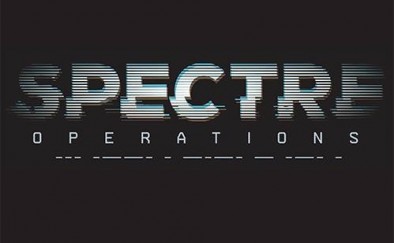
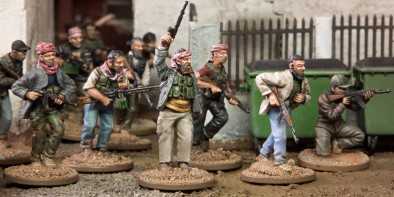
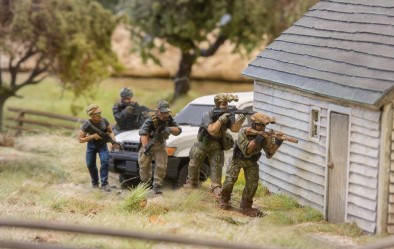
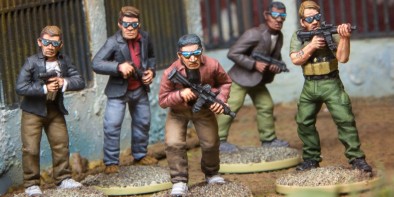
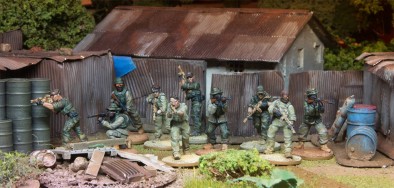
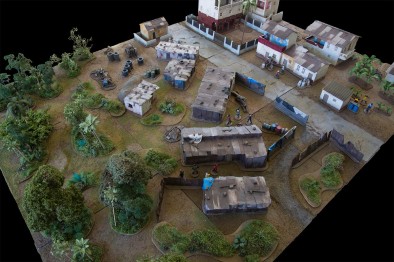
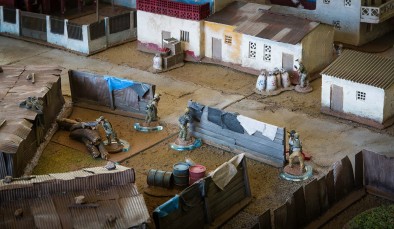

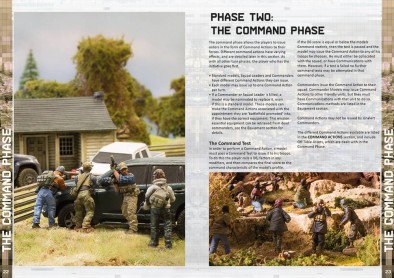
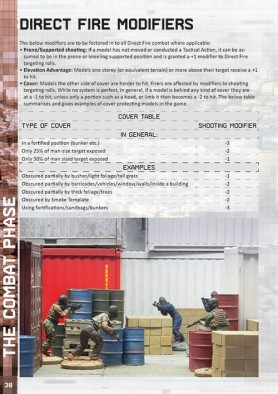
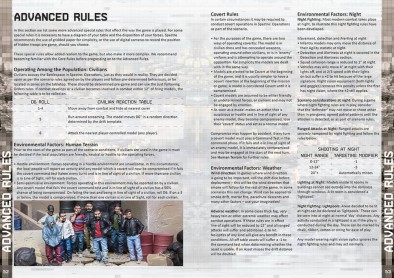
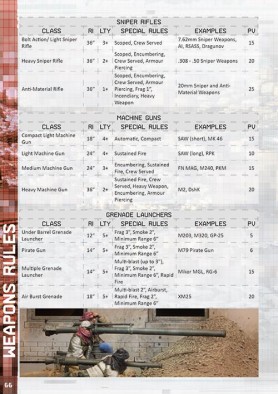

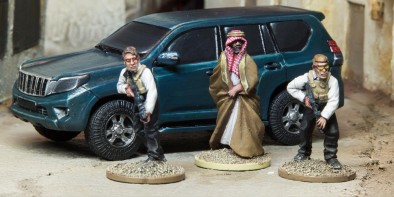
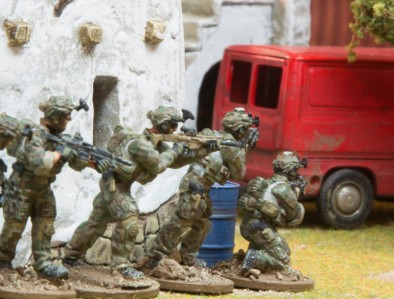
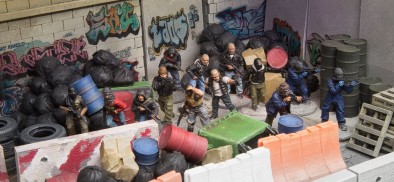


































I’ve backed the original KS essentially for the miniatures which are completely gorgeous.
It’s really great to see how well Spectre has been doing ever since those first steps.
I’m certainly more of a hobbyist than a gamer but those rules do sound really interesting and I’m tempted to get into it especially as there is a solo aspect.
How awesome would a spectre Bootcamp be?!?!! 😎
The rules do sound interesting but those miniatures are really, really nice. Will have to pick up a fire team at least.
I’m tempted by the solo element too. I’m a big fan of Full Spectrum Warrior on Xbox and I liked the emphasis being on the fire team,not the individual. You played with 2 or sometimes 3 teams. Can Spectre do this too?
The new rules set is awesome and I would love to see some let’s play video’s on BoW like the BA V2.0 stuff.
” We also hope to attract the Airsoft community, with the game as an easy winter or foul weather alternative.” There’s a pretty substantial crossover already, I’ve seen(and used) more than a few airsoft gun cases for lugging models around, and had a few conversations about tabletop gaming in safezones, though recently I’ve noticed how thankful my knees are for spending Sundays painting mud effect on things rather than putting real mud on them…
I have the rules, and all pictures are just like the ones above…..yes to a demo game on BOW please…
This is one of my favorite miniatures companies and am glad to see them doing so well. Theyre mostly veterans on staff and it shows greatly in their accuracy and realistic miniatures. I cant wait to see what they do in the future
I am so looking forward to this set of rules. They look awesome. Although Stan has become behind and past. I am looking forward to the pdf copy as well.
Had my eye on this rule set for a while and printed out the free version they offered ages ago whilst in the early stages. The miniatures look very cool and I’d get my money’s worth just through the fun of painting them. I would want to get my head in the book before committing to buying miniatures though, just in case my buys don’t fit into the correct squad make up or points cost parameters. I should have taken advantage of the £2 off whilst I had the chance because I will definitely get the rules at some stage.… Read more »
I do love the Spectre sculpts, but I did buy a box of the Project Z Spec Ops miniatures. I don’t have Project Z, but with 28mm modern warfare genre still being relatively under supported (compared to WW2 etc.) they are really cool looking multi-pose miniatures at plastic miniature prices. I have a few Wargames Factory Germans that scale well against the Spec Ops guys. I am converting them and hoping that I can disguise their 40’s German look and use spare modern weapons from the Spec Ops sprue to make a private mercenary army (perhaps a dictator’s or drug… Read more »
If you save up spare AKs from the zombie survivor sprues and throw em on wargames factory Germans or USGIs they’d be passable for any random developing world dictator’s troops.
Really tempted by this, I love the minis, thoy’re really nice sculpts. I’ve been wanting to produce a modern Very British Civil War and these could vibe the ideal rule set for that project.
I regret not pre-ordering the reulebook. I love to miniatures, and smaller skirmish games are my favorite. The models are beautiful!
I have been observing Spectre for some time now and even almost bought some stuff from their site but then a bell rung in my head and a deep voice said “you don’t have time for this now” 🙁
I will have to look at the rules but I must say the figures are passable at best. Maybe it’s the paint jobs but the castings look less than stellar. Soft edges where they should be hard. Poor facial detail compared to other lines. If you look at the sculpts for the Americans in Infinity you will see a distinct difference in quality. Maybe I’m being too harsh but when I know hyper accurate precision detail is possible I find those who can’t provide it wanting.
Another game that I’d like but don’t have the time or resources. Sigh
The miniatures are so tempting, but my modern stuff is 20mm – i’m sure it would be easy to convert to that scale.
If the guys at Spectre write to my wife she might let me start something new!
The rules will work with 20mm (with some minor tweaks).
I do recommend the new rules